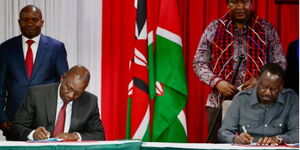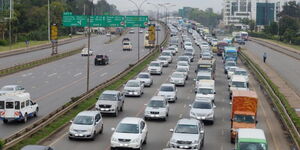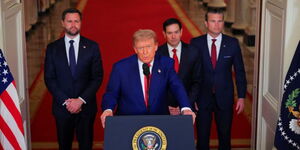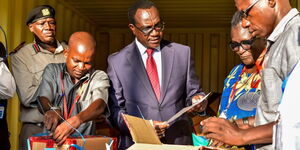The Kenya Revenue Authority (KRA) on Tuesday, April 29, issued a notice on the facilitation of stripping containers for goods destined to Zanzibar and Pemba, urging all stakeholders involved to adhere to pre-set conditions on the exports.
In the notice, KRA referred to a 2018 ban on the stripping of containers destined for Zanzibar and Pemba in Tanzania. The ban was, however, lifted after consultations between KRA and the Tanzania Revenue Authority (TRA), but under strict conditions.
The conditions included that goods from the Port of Mombasa had to be entered under a Single Customs Territory (SCT) Framework in Zanzibar before they are allowed to be shipped to Pemba and Zanzibar.
Also, the shipments were to be cleared under an SCT arrangement on a duty basis and verified by TRA officers stationed in Mombasa before stripping and shipment.
The stripping and loading of cargo at the Port of Mombasa was to be supervised by KRA officers before shipment.
Consequently, KRA reaffirmed that the notice issued was to be adhered to by all stakeholders involved to avoid future inconveniences.
“This Public Notice is meant to inform, bring clarity and require all stakeholders involved in the process to strictly adhere and comply with the conditions to avoid any inconveniences,” KRA stated.
“Members of the public and stakeholders involved are further notified that this notice supersedes any other public notice issued concerning the procedure of this matter,” KRA asserted.
Stripping of containers refers to the process of unloading cargo from a shipping container once it arrives at its destination. This typically takes place at a warehouse, port, or inland container depot.
Meanwhile, the Single Customs Territory (SCT) framework is a trade facilitation initiative adopted by regional economic blocs—like the East African Community (EAC)—to streamline and speed up the movement of goods across borders by treating the entire region as one customs territory.
In this agreement, there is pre-clearance of goods at the first point of entry, where customs procedures are done at the entry border, and goods can move freely to their destination within the region without further checks.
Further, there is a reduction of internal border checks, and this minimises duplication and delays at internal borders. It also encompasses joint cargo inspection, where revenue authorities from different countries work together to inspect cargo at one point.
Additionally, there is electronic systems integration with shared digital platforms used for processing documents, payments, and tracking cargo.












